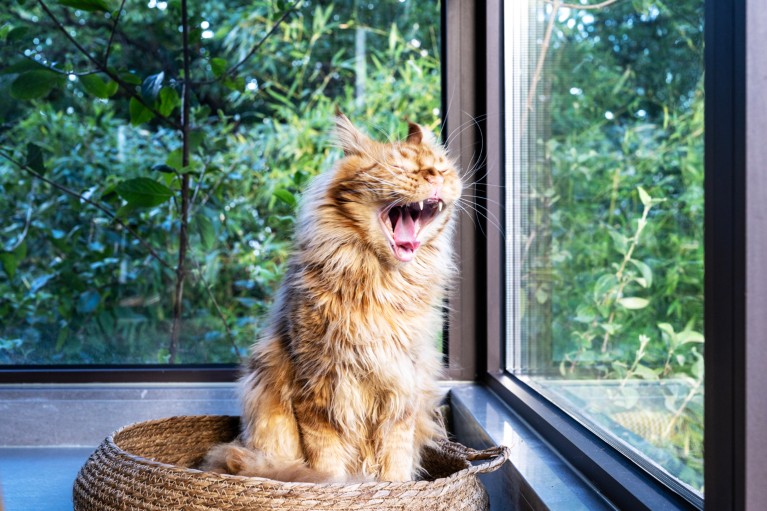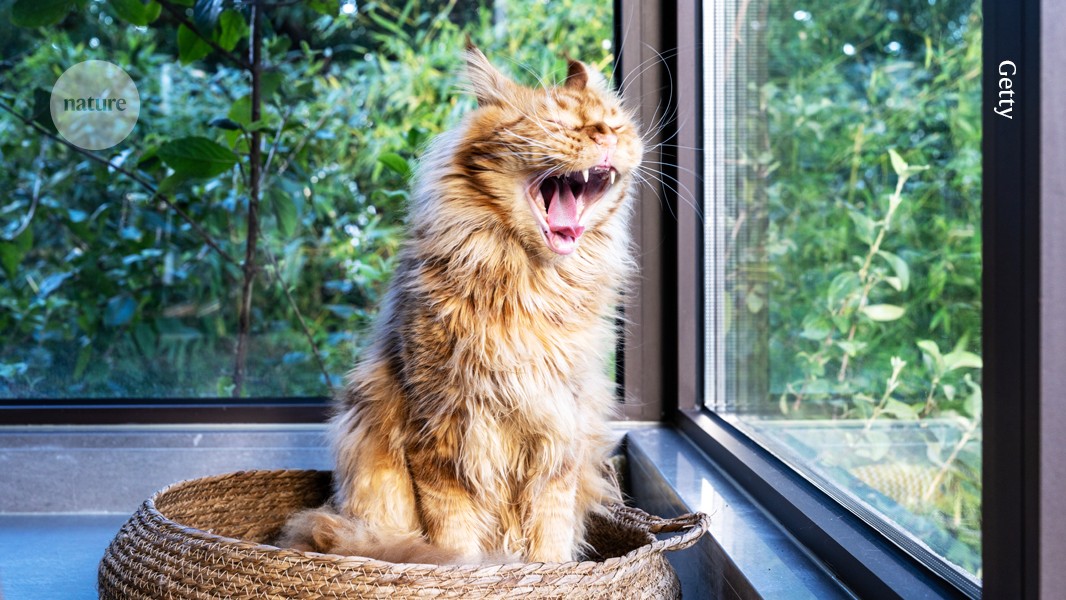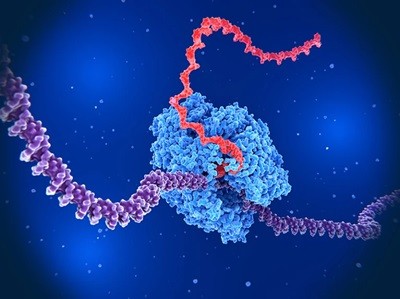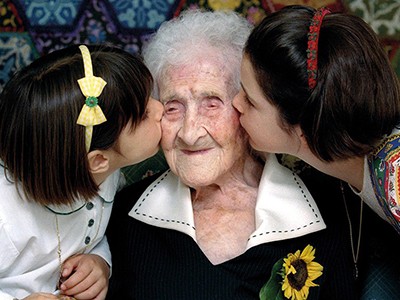
Old cats’ brains show some of the changes seen in the brains of ageing humans.Credit: Getty
To unlock the secrets of human ageing, researchers might do better to look to the pet napping on their couch than to a laboratory mouse.
As cats age, their brains show signs of atrophy and cognitive decline that more closely resemble the deterioration seen in ageing humans than do the changes in the brains of ageing mice, according to findings presented last month at the Lake Conference on Comparative and Evolutionary Neurobiology near Seattle, Washington.
The results are part of a large project, called Translating Time, that compares brain development across more than 150 mammal species, and is now expanding to include data on aging. The hope is that the data will aid researchers trying to crack the causes of age-related diseases, particularly conditions that affect the brain, such as Alzheimer’s disease.
“To address challenges in human medicine, we need to draw from a wide range of model systems,” says Christine Charvet, a comparative neuroscientist at Auburn University College of Veterinary Medicine in Alabama, who presented the work. “Cats, lemurs, mice are all useful. We shouldn’t focus all our efforts on one.”
Age in dog years
The Translating Time project started in the 1990s as a tool for developmental biologists1. Project scientists compiled data on how long it takes for the brain to reach a range of developmental milestones in a variety of mammals and used these data to graph the relative development of two species over time. This can help researchers to link observations of animal development to the corresponding human age.
Ageing studies in five animals suggest how to reverse decline
Over the years, however, as Charvet presented these data at conferences, researchers kept asking her to extend the database to include not only early development, but also how the brain changes as animals age.
Scientists have long been frustrated with the limitations of standard laboratory models when it comes to understanding human ageing and its impact on the unique human brain. Mice live for only a few years — not long enough to accumulate much of the damage thought to drive some neurodegenerative diseases in humans. Mice might also possess mechanisms that humans lack for clearing clumps of misfolded proteins called plaques that are a hallmark of Alzheimer’s disease, says Melissa Edler, a comparative neurobiologist at Kent State University in Ohio.
The evolutionary mismatch between mice and men could be one reason why efforts to develop therapies to treat the disease have often fallen flat, says Elaine Guevara, who studies primate evolutionary genetics at Duke University in Durham, North Carolina. “Mice don’t develop the classic hallmarks of Alzheimer’s disease,” she says. “Their brains are quite different to ours.”
Our pets, ourselves
Companion animals could provide an alternative. They live longer than mice, share an environment with their owners and fall prey to human maladies, including obesity and diabetes. The Dog Aging Project, run by researchers at the University of Washington in Seattle and Texas A&M University in College Station, tracks tens of thousands of companion dogs to learn more about how their genetics, lifestyle and environment affect ageing.
Does the human lifespan have a limit?
But centuries of breeding have influenced ageing and disease in dogs, says Charvet. Cats often live a bit longer than dogs, she says, and are generally not as highly inbred for specific traits — some of which also raise disease risk.
So Charvet and her colleagues have been gathering data from veterinary clinics and zoos, and launched an effort called the Catage Project that asks cat owners to submit data about their pets.
So far, they have collected health records and results of blood sample analyses from thousands of felines and taken brain scans of more than 50. Using their own data and the published literature, the team is filling in events along the nonlinear relationship between cat and human ages. A one-year-old cat, for example, is roughly equivalent to an 18-year-old human. But in the next year, a cat ages only about 4 ‘human years’, to become about as mature as a 22-year-old person.
By the age of 15, a cat is an octogenarian in human years. Some cats experience cognitive decline by then, and the brain scans collected by the team reveal brain volume changes in older cats that mirror those seen in older humans, says Charvet. Previous work has also shown that cats can accumulate plaques and tangles of abnormal proteins similar to those that characterize Alzheimer’s disease in humans.
Multiple models
Ultimately, researchers might develop a variety of model systems for different aspects of ageing and neurodegeneration, says Edler. Although mice are poor models for some aspects of human ageing, they will still be valuable, because it is so easy for researchers to conduct genetic experiments with the rodents, she says.
Other animals, such as cats or certain nonhuman primates, might be better models for other aspects of brain ageing. Caleb Finch, who studies the evolution of life history at the University of Southern California in Los Angeles, advocates more study of naked mole rats (Heterocephalus glaber), which live surprisingly long for small rodents and have very low rates of cancer.
“Cats are useful,” says Charvet. “But they’re only going to be so useful. Other model systems are needed as well.”




